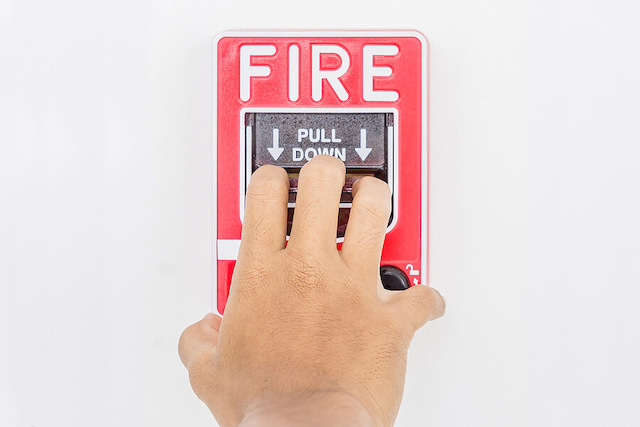Regardless of the size and purpose of a building, it must maintain multiple safe and efficient escape routes if it houses even just a single occupant. Swift and proper egress are indispensable in protecting the people within when they need to flee from a fire incident. Below, we cover what egress means in a fire outbreak, how they could be obstructed, and how to maintain them and ensure they are a safe and efficient way out of a building.
Understanding Means of Egress and How They Can Be Obstructed
A means of egress is essentially an unobstructed and continuous path of travel from anywhere within the building toward any of its exit points.
These escape routes typically become obstructed when the exits are in poorly placed locations or the paths to reach them are clogged up and not well lit. In times of crisis, occupants should not be forced to squeeze through obstacles or spend more time finding alternate routes through various rooms just to reach the exit. Furthermore, escape could be severely impaired if the doors leading to exits or the exits themselves are not arranged or designed to be easily recognizable.
How To Properly Maintain Means of Egress
1. Develop an evaluation plan and put it into action
Having an evacuation plan and putting it into practice helps prevent confusion and avoid panicking when an incident occurs. If occupants know where to escape and how to get there as well as the protocols to observe in an emergency, they can get out more quickly and safely. A thorough evacuation plan must include the following aspects:
- Accommodations for all occupants, including those with disabilities
- Multiple exits points from the building
- Posting emergency exit signs in visible locations
- Clearly marked exit routes with bright markings along the way
2. Install adequate emergency lighting
Buildings generally lose power during emergencies, causing panic among occupants and making things difficult for emergency responders. To account for the lack of light, means of egress must have an emergency power source as well as the lit pathway markings that direct to them, including things like handrails, step edges, and exit doors.
3. Ensure all paths to the exits are clear and visibly marked
Regularly check egress routes to ensure they are not cluttered with litter or debris that could impede swift movement in an emergency. Installing luminous markings along the pathways is also recommended to make it easy to escape even without light. Also, there may be obstructions that cannot be easily moved, such as standpipes and pillars, which also require luminous markings to avoid being bumped into and causing injuries.
Conclusion
Once the fire alarm system detects a fire outbreak, occupants must waste no time getting to safety and head straight for the emergency exit. Given that every second counts in these situations, means of egress must be free of any obstructions and well-lit to facilitate a speedy escape.
If you are a fire safety manager looking to improve your skills and expertise in fire safety management with a FSM course in Singapore, TenLearn is here to help. We are a platform that hosts comprehensive SCDF-approved courses that keep your skills sharp and up to date, reward you with CPD points and allow you to maintain your FSM certification in Singapore. Enrol in our online courses today and start learning wherever and whenever you want!


Write a public review